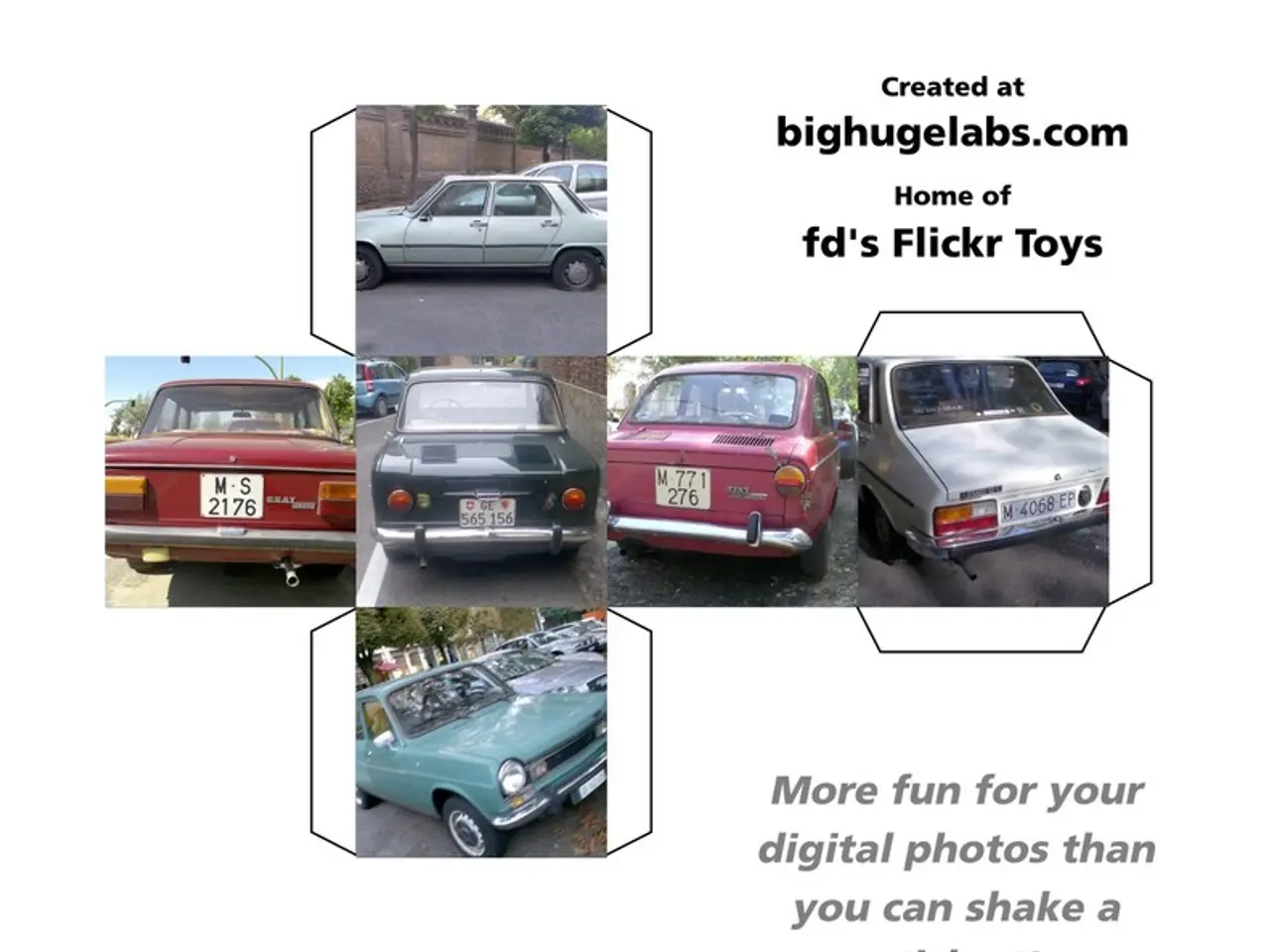Australia's Electric Vehicle Adoption Faces a Sluggish Progression
In Australia, the growing demand for electric vehicles (EVs) is being met with infrastructure limitations, particularly in high-density living areas and regional regions.
Challenges in High-Density Living Areas
About 10% of Australians live in apartments, but nearly 80% of EV owners prefer home charging. However, installing home chargers in apartments is often slowed or blocked by complex legal, regulatory, and body corporate approval processes. These hurdles discourage EV adoption among apartment dwellers who lack easy access to private charging points. Existing building regulations and planning frameworks have not adapted quickly enough to support the growing demand for residential EV charging in multi-unit dwellings.
Challenges in Regional and Remote Areas
While Australia’s public fast-charging network is expanding rapidly, regional regions often face gaps in coverage. The uneven distribution of fast-charging sites limits accessibility for rural EV users and slows uptake outside major urban centres. Infrastructure upgrades are also needed in energy transmission and distribution to support fast-charging hubs, especially for heavy vehicles and freight transport in less populated areas. The cost and logistics of deploying EV infrastructure in low-density or remote regions remain significant barriers.
Additional Contextual Challenges
Despite surging EV sales, Australia still lags behind the EU and UK in infrastructure penetration and accessibility. Electrification of road freight requires a substantial buildout of large charging hubs and upgraded grid infrastructure to handle higher power demands. Regulatory uncertainty and high upfront costs for some EV segments impact infrastructure rollout decisions in regional areas.
Addressing the Challenges
Key issues are complex approval processes and insufficient home charging options in apartments, plus infrastructure gaps and grid upgrade needs in regional zones. Addressing these challenges requires coordinated policy reforms, investment in charging networks, and grid modernization to enable faster EV adoption across Australia’s diverse living environments.
The NSW Government has invested $10 million in grants to overhaul over 100 apartment buildings with EV charging stations. Collaborative and innovative efforts by the private sector, like replacing commercial fleets with hybrids or full EVs, and making chargers commonplace in office parking spaces, can help accelerate the EV transition.
More can be done to increase charger rollout. Recent changes in government and private sector finances have led to various tax benefits, price reductions, and ways to earn money off EVs through vehicle-to-grid charging. The Australian and state governments offer several financial incentives to encourage EV uptake, such as the Electric Car Discount, which provides EV owners an exemption from Fringe Benefits Tax. The federal government's Driving the Nation fund has invested $39.3 million to help deliver 117 chargers on key highway routes across Australia.
Improving the distribution of chargers, especially in regional areas, can help assure prospective EV buyers and encourage EV uptake. Electric utes and 4x4s are now available, often rivaling or beating the prices of their petrol equivalents without sacrificing desirable features. EV maintenance and operating costs are typically lower, with the average Australian spending $2,000 per year on fuel compared to an average of $600 annually to charge an EV.
[1] Source: Chargemap Australia Report (2023) [2] Source: Australian Renewable Energy Agency (ARENA) (2023) [3] Source: Australian Energy Market Operator (AEMO) (2023) [4] Source: Federal Chamber of Automotive Industries (FCAI) (2023) [5] Source: Australian Automotive Dealer Association (AADA) (2023)
- To overcome the hurdles facing apartment dwellers in adopting electric vehicles (EVs), there is a need for simplified legal, regulatory, and body corporate approval processes for home charging infrastructure in multi-unit dwellings.
- Expanding the public fast-charging network in regional areas and upgrading energy transmission and distribution infrastructure can help support fast-charging hubs for heavy vehicles and freight transport in less populated regions.
- Incentives such as tax benefits, price reductions, and vehicle-to-grid charging opportunities can help accelerate the rollout of EV charging stations, particularly in regional areas where infrastructure is currently lacking.
- The increasing availability of electric utes and 4x4s, often at competitive prices with their petrol equivalents, may entice more Australians to consider electric vehicles as an energy-efficient and cost-effective lifestyle choice.




